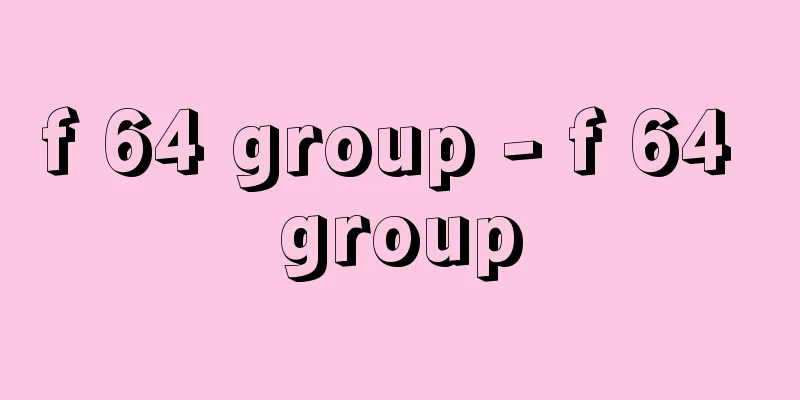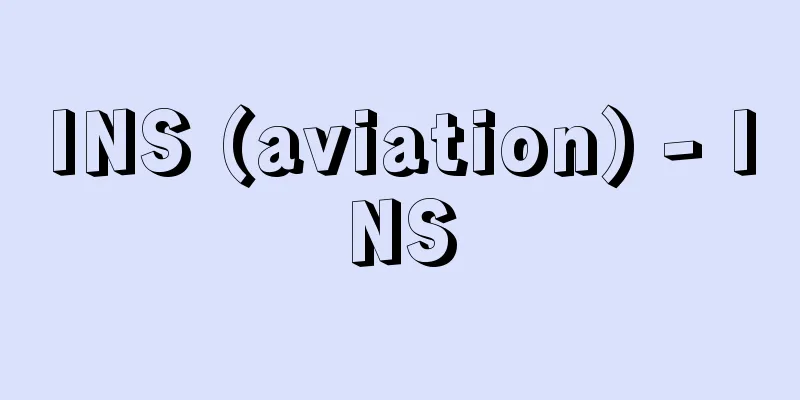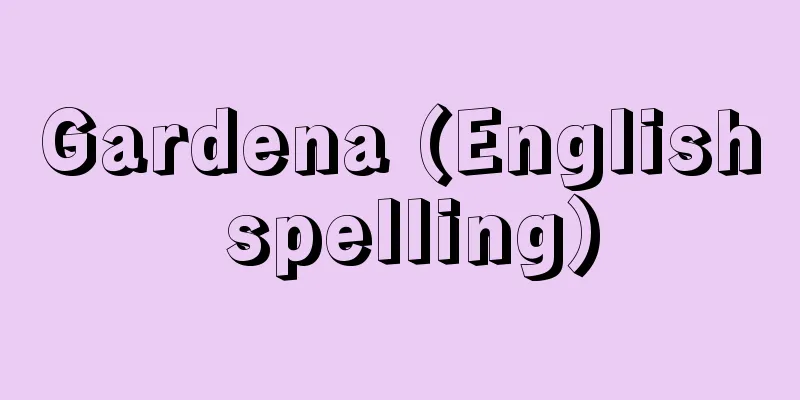Mapping

|
A mapping is a way of transferring or corresponding points of one object to points of another object, such as a landscape and its image seen through a lens, but the concept is more generalized and can also be used with mathematical objects such as sets, topological spaces, groups, and fields. f is a map (or function or arrow) from objects A to B if, for any element x of A, f determines exactly one element of B. This y is called the image of x by f, and is written as x→f(x) or y=f(x). Also, f is a map from A to B, and is written as f:A→B or AB. In particular, when distinct elements of A correspond to distinct elements of B, f is called a unique map or injective. When any element of B is an image of an element of A, f is called a surjection. As a special case, a map 1A that maps itself to an element x of A is called the identity map. The identity map is both surjective and injective. Such a map is called a bijection. When a mapping f from A to B is bijective, there is a unique element x in A such that y = f(x) for any element y in B. The mapping that associates this x with y is denoted as f -1 and is called the inverse mapping of f. Of course, for all elements of A, f -1 (f(x)) = x, and for all elements of B, f(f -1 (y)) = y. For a mapping f from A to B, all x for which f(x) is defined, in this case A, is the domain of f, and the set of all f(x) as x moves through the domain is called the range of f. Therefore, a mapping whose range matches B is a surjection. For example, in a mapping from real numbers to real numbers that maps x to its square x² , the domain is all real numbers, and the range is all zero or positive real numbers. For some mappings, the concept of a composition map is important. For example, when f is a mapping from A to B and g is a mapping from B to C, for an element x of A, f determines an element f(x) of B, and g determines an element g(f(x)) of C. In this way, for an element x of A, g(f(x)) of C is determined. This mapping is called a composition map of f and g, and is written as g°f. Now, for two mappings f and f′ from A to B, if f(x) and f′(x) are equal for all elements x in A, then f and f′ are said to be equal as mappings, and written as f=f′. In this way, for the identity mapping, f・1 A =1 B・f=f, and when f is bijective, for the inverse mapping f -1 , f゜f -1 =1 B and f -1゜f=1 A hold. Furthermore, if h is a mapping from C to D, then h゜g is a mapping from B to D, but for the two different composed mappings from A to D, that is, h゜(g゜f) and (h゜g)゜f, the associative law holds that h゜(g゜f)=(h゜g)゜f, both of which map any element x in A to an element h(g(f(x))) in D. This is an important point about the composition of mappings. However, even if f°g is defined, g°f is not necessarily defined, and even if both are defined, they are not necessarily equal in general. In other words, the commutative law does not hold in general. [Namba Kanji] ©Shogakukan "> Inverse and composite mapping Source: Shogakukan Encyclopedia Nipponica About Encyclopedia Nipponica Information | Legend |
|
風景と、レンズを通して得られるその像のように、ある対象の点を他の対象の点に写す、または対応させる仕方を写像というが、その考え方はもっと一般化されて、集合、位相空間、群とか体(たい)のような数学的対象においても用いられる。 fが対象AからBへの写像(同様の意味で対応、関数とか射(しゃ)という語が用いられることがある)とは、Aの任意の元xに対して、fによって、Bのただ一つの元が定まるときで、このyのことをxのfによる像といい、x→f(x)とかy=f(x)のように記す。またfがAからBへの写像であることをf:A→BとかABのように記す。とくにAの相異なる元に対応するBの元が相異なるときfは一意写像または単射とよばれる。そしてBの任意の元がAの元の像となっているときfは全射とよばれる。特別な場合としてAの元xにそれ自身を対応させる写像1Aは恒等写像とよばれている。恒等写像は全射であると同時に単射でもある。このような写像は全単射とよばれる。 AからBへの写像fが全単射であるとき、Bの任意の元yに対してy=f(x)となるAの元xがただ一つ定まる。yにこのxを対応させる写像をf-1と記して、fの逆写像とよぶ。もちろんAのすべての元についてf-1(f(x))=xであり、Bのすべての元についてf(f-1(y))=yである。 AからBへの写像fについてf(x)が定まっているxの全体、この場合はAをfの定義域、そしてxが定義域を動くときのf(x)の全体の集合をfの値域とよぶ。したがって値域がBに一致する写像が全射である。たとえば、実数から実数への写像として、xにその平方x2を対応させる写像では、定義域は実数の全体、値域はゼロまたは正の実数の全体である。 何個かの写像については合成写像という概念がたいせつである。たとえばfはAからBへの、gはBからCへの写像であるとき、Aの元xに対してfによってBの元f(x)が定まり、さらにgによってCの元g(f(x))が定まる。このようにしてAの元xに対してCの元g(f(x))が定まる。この写像をfとgの合成写像といいg゜fと記する。 さてAからBへの二つの写像fとf′についてAのすべての元xについてf(x)とf′(x)が等しいときfとf′は写像として等しいといい、f=f′と記す。このようにすれば恒等写像についてはf・1A=1B・f=fであり、fが全単射のときは逆写像f-1についてf゜f-1=1Bおよびf-1゜f=1Aが成立する。さらにhをCからDへの写像とすればh゜gはBからDへの写像であるが、二つの異なる仕方でのAからDへの合成写像、つまりh゜(g゜f)と(h゜g)゜fについては、Aの任意の元xに対して両方ともDの元h(g(f(x)))を対応させる写像としてh゜(g゜f)=(h゜g)゜fという結合法則(結合律)が成立する。この点は写像の合成の重要な点である。しかしながらf゜gが定義されていてもg゜fが定義されるとは限らず、両方とも定義されている場合でも一般には等しいとは限らない。つまり一般には交換法則(交換律)は成立しない。 [難波完爾] ©Shogakukan"> 逆写像と合成写像 出典 小学館 日本大百科全書(ニッポニカ)日本大百科全書(ニッポニカ)について 情報 | 凡例 |
<<: Jātaka - Jātaka (English spelling)
Recommend
Wave power generation - power generation from waves
There are two types of wave energy power generati...
barred button quail
...A species of the family Ploceidae in the order...
tapu
…There are four clans, each with a chief, and one...
Lodze, OJ (English spelling) LodzeOJ
...A research institute is an organization whose ...
Hidemitsu Tanaka
Novelist. Born in Tokyo. Transferred from the Iwa...
Handled incense burner - Ekouro
〘Noun〙 (also "Egouro") One of the Buddhi...
Same-sex non-marriage - douseifukon
People with the same surname should not intermarr...
Trade and Development Board
…The first conference was held in Geneva in March...
Manganese Oxide - Manganese
MnO, Mn 3 O 4 , Mn 2 O 3 , MnO 2 and Mn 2 O 7 are...
Nagata Tokuhon
Dates of birth and death unknown. A physician fro...
Pizza - Pizza (English spelling) Italian
In Japan, it is called pizza, but if you write it...
free entry
...When a new company tries to set up new facilit...
Occlusion
This refers to the phenomenon in which a gas or l...
Estimated Tax - Estimated Tax
The director of the tax office estimates the amoun...
Haeju - Kaishu
A city in Hwanghae Province, North Korea. Facing ...

![Tomochi [town] - Tomochi](/upload/images/67cc5b8f654b5.webp)







